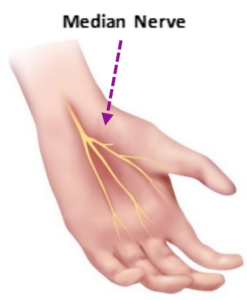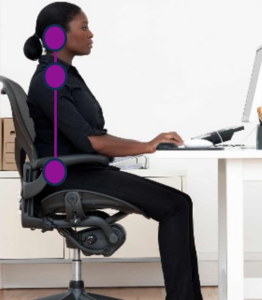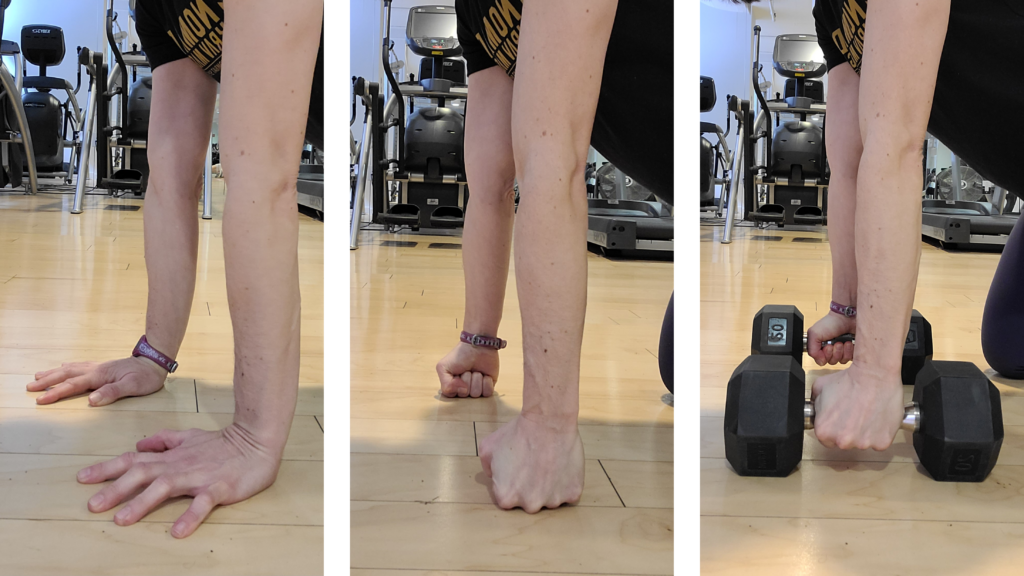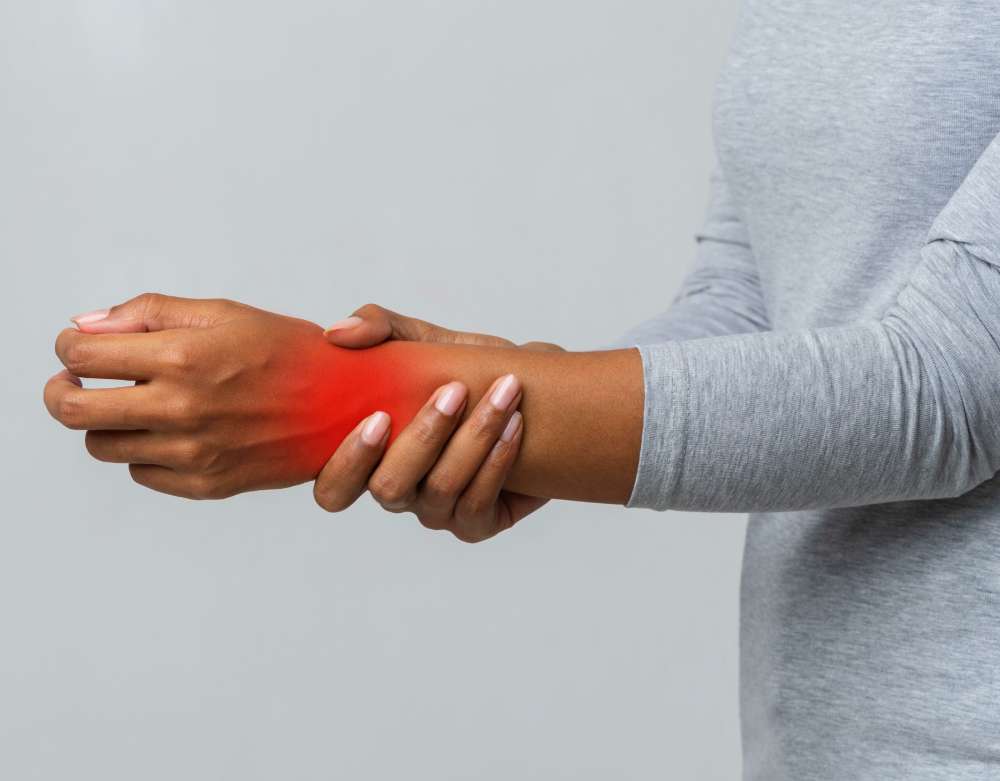You may already be familiar with some of the common pains that can crop up during pregnancy, including low back pain, SI joint pain, sciatica, and symphysis pubis dysfunction. One of the pains that may not be so obvious, however, is carpal tunnel pain. This nerve irritation in the wrist and hand can cause mild to severe discomfort, and it is actually quite common during pregnancy. In fact, some research shows that up to 62% of pregnant people experience carpal tunnel pain!
But why is carpal tunnel syndrome so common during pregnancy? In this post, we will cover what carpal tunnel pain is, why it can occur during pregnancy (and postpartum), and how you can manage discomfort or painful symptoms.
What is Carpal Tunnel Pain?
Carpal tunnel pain is characterized by numbness or tingling in the hands, thumb, or fingers. It could cause pain when extending your wrist, or when putting your hand down on the ground for weight-bearing exercises like planks or push-ups.
Why is Carpal Tunnel Pain Common During Pregnancy?
Symptoms are caused by compression of the median nerve within the wrist.

During pregnancy, the following two changes can cause compression to the median nerve:
- Increased swelling: This is probably the biggest contributor. During pregnancy, hormonal changes can cause an increase in fluid retention in the body, resulting in swelling (or edema). This swelling can narrow the space within the compartment housing the median nerve.
- Misalignment in the upper body: The physical changes during pregnancy can cause shifts in your alignment. Specifically, the growing belly often tips the pelvis forward resulting in an excessive lower back arch (or “lumbar lordosis”). A consequence of this is that the other curves in the spine will accommodate, often leading to a more pronounced “kyphosis” in the thoracic spine (AKA rounded shoulders and/or forward head protrusion). This flexion in the thoracic spine can also contribute to compression of the median nerve because the median nerve originates in the neck and runs in front of the shoulder and down the arm.
Carpal tunnel can also occur during the postpartum period from all the time spent in a “triple-flexed” position (shoulders, elbows, wrists) from baby carrying.
How to Prevent or Manage Symptoms
The following three strategies can help prevent or manage carpal tunnel pain.
- Get in neutral alignment: Getting your body into neutral alignment is one of the biggest improvements you can make to mitigate almost all the common pregnancy pains and injuries — including carpal tunnel pain. Your neck position is most important, so try to keep a straight line between your ear-shoulder-hip — especially when seated — as shown in the image below.

- Drink water and reduce sodium intake to minimize swelling: Water is important for so many reasons during pregnancy, and reducing swelling is yet another. It helps to “flush” the system out and reduce the accumulation of fluids that could cause compression.
- Keep moving: Movement throughout pregnancy is also important for many reasons, but specific to mitigating carpal tunnel pain, it improves circulation to reduce swelling.
If you are experiencing painful symptoms — especially during exercise, the following strategies can also help:
- Perform gentle mobility work: At various times during the day, perform gentle wrist circles in both directions. This can help take pressure off the median nerve.
- Keep wrists and hands in neutral during exercise: Typically, putting your wrists into extension (left photo below) provokes the most amount of pain. Therefore, you want to keep your wrists in a more neutral position (middle photo). If pressure on your knuckles hurts, you can also try keeping your wrists in neutral while on a dumbbell (right photo).

- Stick to open-chain vs. closed-chain exercises: Many moves that put pressure on your wrists are when your hands are on the ground, such as during planks or pushups. These exercises are called closed-chain exercises, in which your hands are fixed on a surface (i.e. the ground). Even with modifications of the hand positions shown above, doing closed-chain movements may be too uncomfortable because of the direct downward pressure on your wrists. Therefore, you may want to stick exclusively to open-chain movements, in which your hands are free to move around in space (i.e. shoulder presses, bent-over rows). There is less pressure on your wrists in open-chain exercises and you are better able to modify their positioning throughout the exercises.
- Keep fingers lengthened during upper body exercises: When performing open-chain exercises, if gripping or making a fist is uncomfortable, then ensure that your fingers are lengthened. One way to accomplish this without stopping upper body exercises altogether is to use a cable or resistance band and anchor it around your wrist instead of gripping it. If using a cable, follow the modification examples below to use an ankle cuff attachment and insert your wrist through that instead of squeezing a cable handle.
For more persistent pain, you may want to check with a medical provider who can assess your individual case. In general, carpal tunnel pain during pregnancy will ease once the swelling diminishes (after baby is born) but you may be aided by wearing a splint as a reminder to keep your wrists in a neutral position (particularly when on the computer and while sleeping).
Want Additional Resources?
For additional resources to help you exercise safely and effectively during pregnancy, explore our training programs and services. You’ll find a variety of offerings tailored to different needs — from education, to self-guided training programs, to the ability to work with an expert coach.
Or, if you’re a health & fitness pro interested in coaching pre & postnatal clients, check out our ProNatal Education & Certification.
Source:
Ablove, R. H., & Ablove, T. S. (2009). Prevalence of carpal tunnel syndrome in pregnant women. Wisconsin Medical Journal (WMJ), 108(4), 194.
